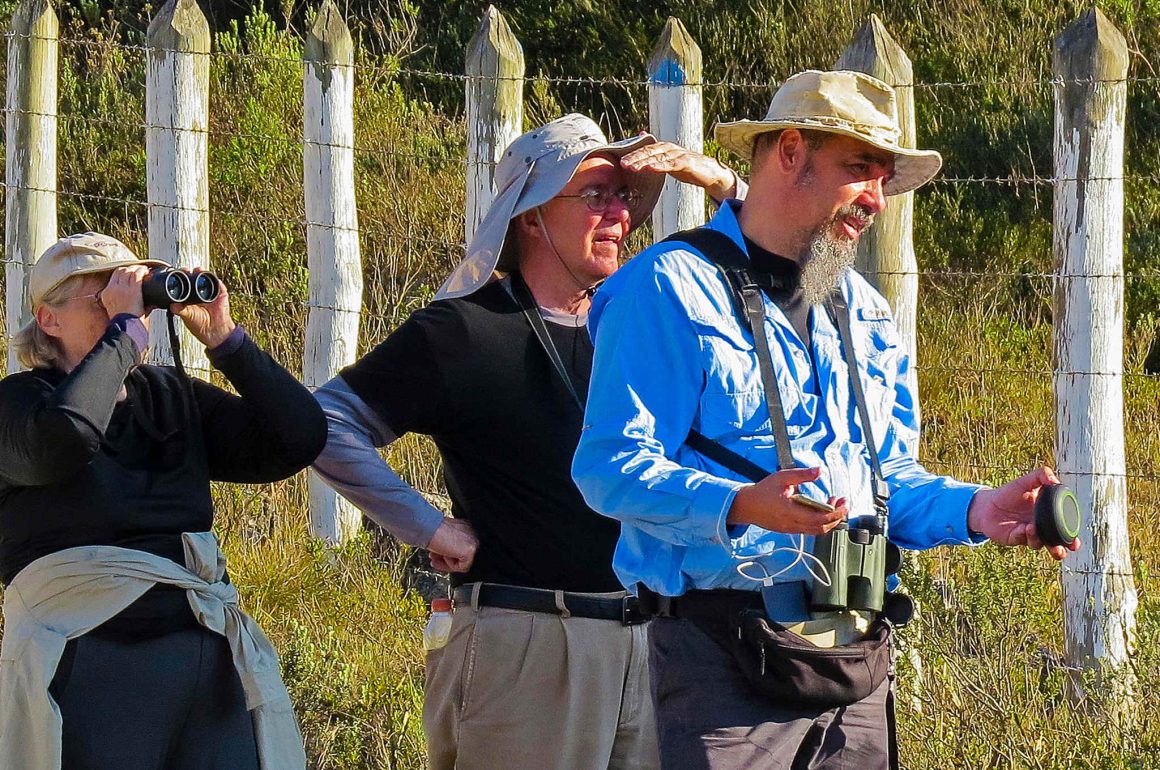
What is your favorite bird species?
I like the Hooded Siskin (Spinus magellanicus), which stands out for its melodious and long-lasting song. This vocalization has acoustic characteristics that make it particularly appreciated, being one of the factors that awaken my personal interest in this bird.
Orange-cheeked Parrot
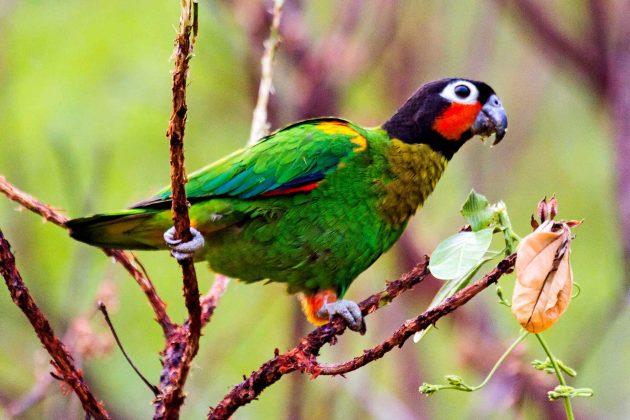
What is your name, and where do you live?
I am Carlos Henrique Almeida, a resident of Campinas city, in the state of São Paulo, Brazil.
What are the main regions or locations you cover as a bird guide?
In the outskirts of the city of São Paulo, in the heart of the Atlantic Forest, I work in the main birdwatching spots, including Salesópolis, Ubatuba, Campos do Jordão, Peruíbe, Tapiraí (trilha dos Tucanos and Legado das Águas), and Ribeirão Grande (Intervales State Park). In the state of Mato Grosso, my work extends across three distinct biomes: the Pantanal (Transpantaneira), the Cerrado (Nobres and Chapada dos Guimarães), and Amazon (São José do Rio Claro and Barra do Bugres).
Ochre-rumped Antbird
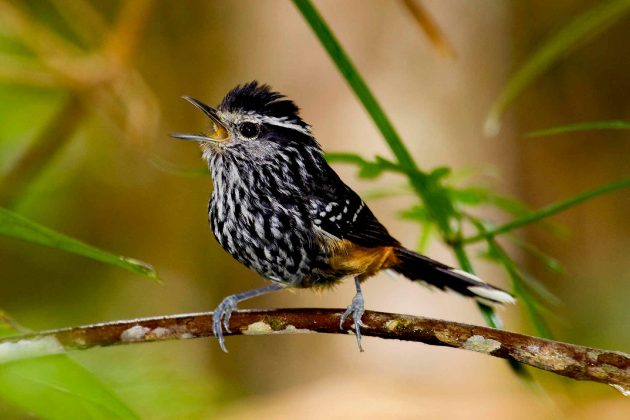
How long have you been a bird guide?
I have been working as a birdwatching guide since November 2008, combining my passion for birds with a commitment to sharing knowledge and experiences in the field.
Curl-crested Jay
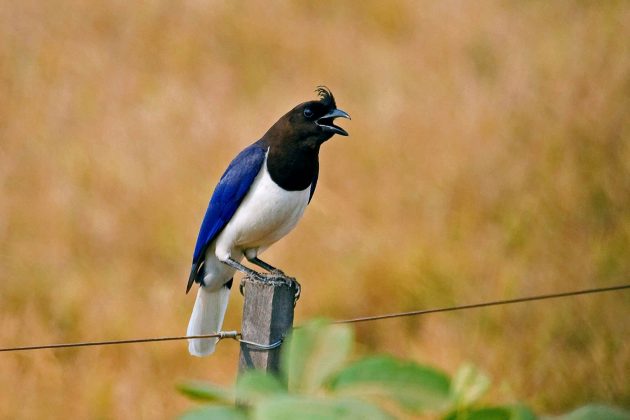
How did you get into bird guiding?
It all began as a coincidence back in 2008. I had posted numerous bird photos online, and one day, a visitor to my photography website asked if I could accompany her on a birdwatching trip. That single request sparked the beginning of my journey.
What are the aspects of being a bird guide that you like best? Which aspects do you dislike most?
I really enjoy meeting people from different cultures. I love getting in the car and hitting the road, exploring new places. Exchanging ideas about birds with bird watchers and ornithologists is one of my greatest passions. My work as a wildlife guide is deeply fulfilling, and I feel great satisfaction when I see a client happy with the experience I provide. I am a very patient person, so I can honestly say that there is nothing about my job that I don’t like.
Helmeted Manakin
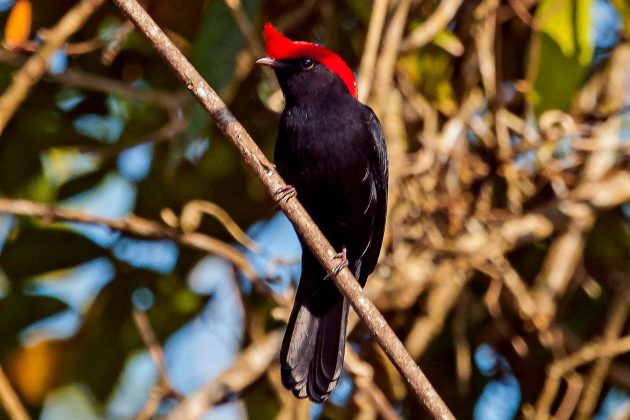
What are the top 5-10 birds in your region that are the most interesting for visiting birders?
In the state of São Paulo, the following bird species stand out:
- Black-fronted Piping-Guan
- Long-trained Nightjar
- Black-backed Tanager
- São Paulo Antwren
- Speckle-breasted Antpitta
São Paulo Antwren
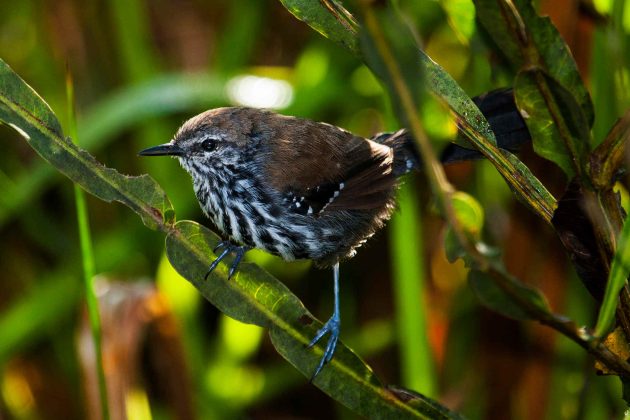
In the state of Mato Grosso, notable species include
- Dot-eared Coquette
- Harpy Eagle
- Orange-cheeked Parrot
- Flame-crowned Manakin
- Cone-billed Tanager.
Harpy Eagle
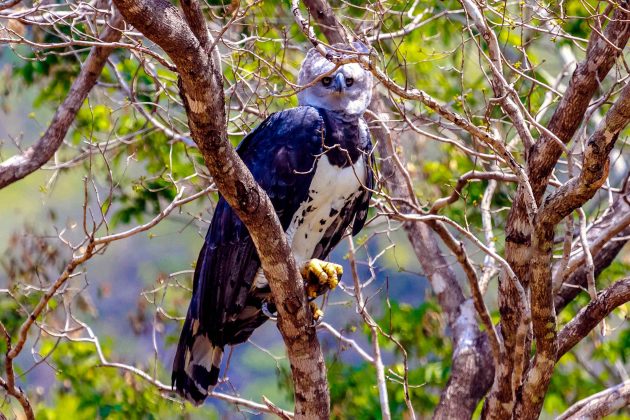
Can you outline at least one typical birdwatching trip in your area? Please briefly describe the locations, the key birds, and the approximate duration of such a trip
For a four-day tour of the state of São Paulo, the most popular destination is the Intervales State Park, located about 4 hours away. The park is a true paradise for birdwatchers, offering countless bird-watching opportunities. Located in the Atlantic Forest biome, it provides a rich and memorable experience thanks to the impressive diversity of local birdlife. With several trails that cross well-preserved stretches of the forest, the place is ideal for exploring nature in depth. We have great chances to see Black-fronted Piping-Guan, Mantled Hawk, Helmeted and Blond-crested Woodpeckers, Spot-billed and Saffron Toucanets, Surucua and Green-backed Trogons, Blue and Black-legged Dacnis, Chestnut-backed Tanager, Green-headed and Red-necked Tanagers, among others. The accommodations and restaurant are simple, but they offer the essentials for a comfortable stay. Regardless of the time of year, it is practically guaranteed that visitors will leave satisfied with the high number of species observed.
Saffron Toucanet
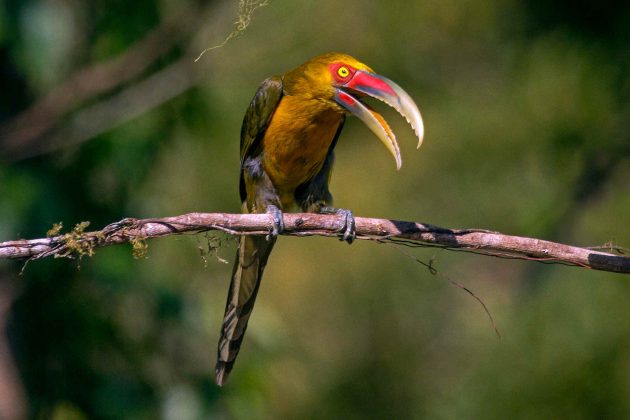
On a nine-day tour of the state of Mato Grosso, we will explore three of Brazil’s main biomes: the Amazon, the Cerrado, and the Pantanal. Our first stop will be in the municipality of São José do Rio Claro, located approximately 4h30 hours from Cuiabá, in the southern Amazon. There, we will hike along forest trails and take boat trips along the region’s rivers. The area is home to emblematic species such as the Cone-billed Tanager, the Brazilian Umbrellabird, the Harpy Eagle, the Ornate Hawk-Eagle, the Blue-cheeked and Bronzy Jacamars, the Paradise and Blue-necked Tanagers, and the Dot-winged Antwren, among others. We will then head to the Cerrado, on a trip of approximately 3H30 hours. In this biome, characterized by open and savannah vegetation, we will be able to observe birds such as Greater Rhea, Blue-and-yellow Macaw, Red-legged Seriema, Red-legged Honeycreeper, Guira Tanager, and Red-crested Finch, among other species typical of the region. Finally, we will set off towards the Pantanal, a journey of approximately 4h30. In this unique environment, famous for its abundance of fauna, we will have the opportunity to spot species such as Undulated Tinamou, Chaco Chachalaca, Chestnut-bellied Guan, Red-throated and White-throated Piping-Guans, Savanna and Great Black Hawks, Toco Toucan, Chestnut-eared Aracari, Crimson-crested and Pale-crested Woodpeckers, Band-tailed and Mato Grosso Antbirds, Bluish-gray Saltator, among many others. The accommodations along the entire route are comfortable, with restaurants offering excellent regional cuisine. Both the dry season and the rainy season offer excellent opportunities for birdwatching. Regardless of the time of year, we guarantee a memorable experience and an impressive list of species observed.
Cone-billed Tanager
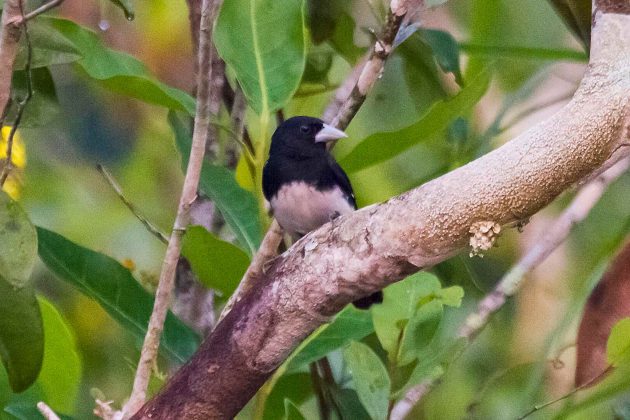
What other suggestions can you give to birders interested in your area?
The temperature in most of my work area usually ranges between 18 °C (64.4 °F) and 34 °C (93.2 °F). In Brazil, climate variations can be quite pronounced, especially between different regions of the country. In summer, for example, temperatures in the state of Mato Grosso can reach 45 °C (113 °F). In winter, in some areas of the state of São Paulo, temperatures can drop to 0 °C (32 °F). November through March is the rainy season, but it is good for birdwatching. Therefore, it is essential that the reader always be aware of the weather conditions of the region to be visited. It is also recommended to check in advance what to take with you to the field. In general, the basic items are the same as those that any experienced birdwatcher is already accustomed to carrying.
Blue Finch
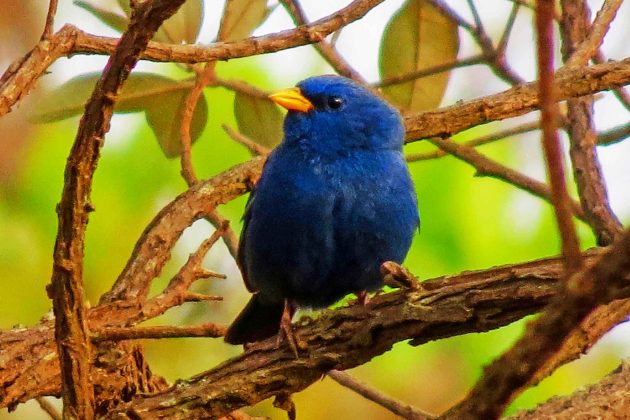
If any readers of 10,000 Birds are interested in birding with you, how can they best contact you?
For inquiries, please get in touch through my website: This Way – Wildlife Observation (www.carduelis.bio.br).
White-wedged Piculet
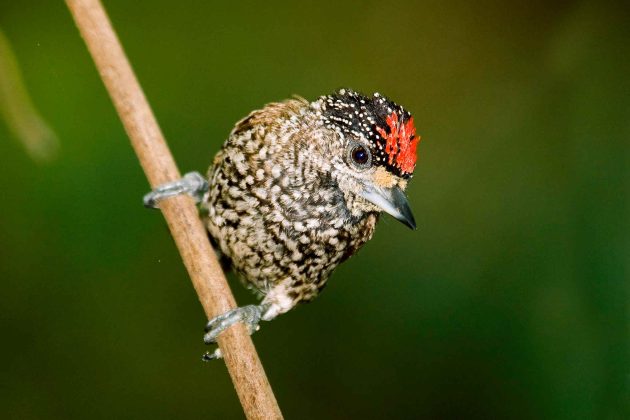
Is there anything else you would like to share with the readers of 10,000 Birds?
Brazil is a welcoming country where tourists feel at ease from the moment they arrive. The cuisine, rich and diverse, varies according to the region, and the food is delicious. The landscapes, in turn, are stunning and surprise with their variety and natural beauty.




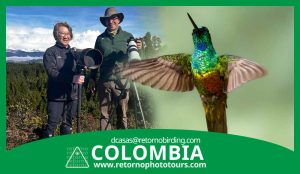
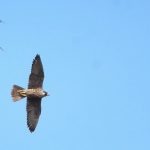
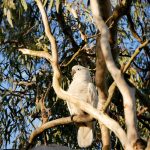
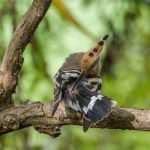
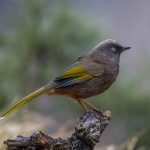

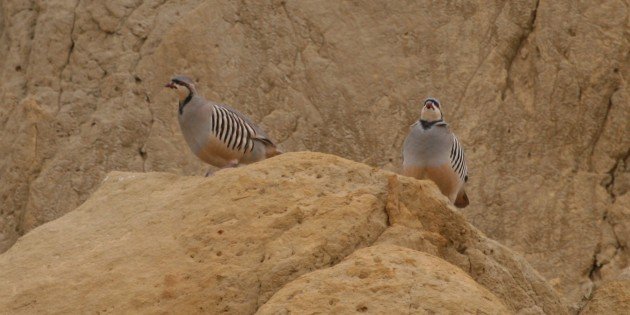
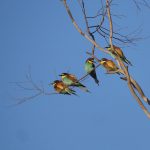
Leave a Comment